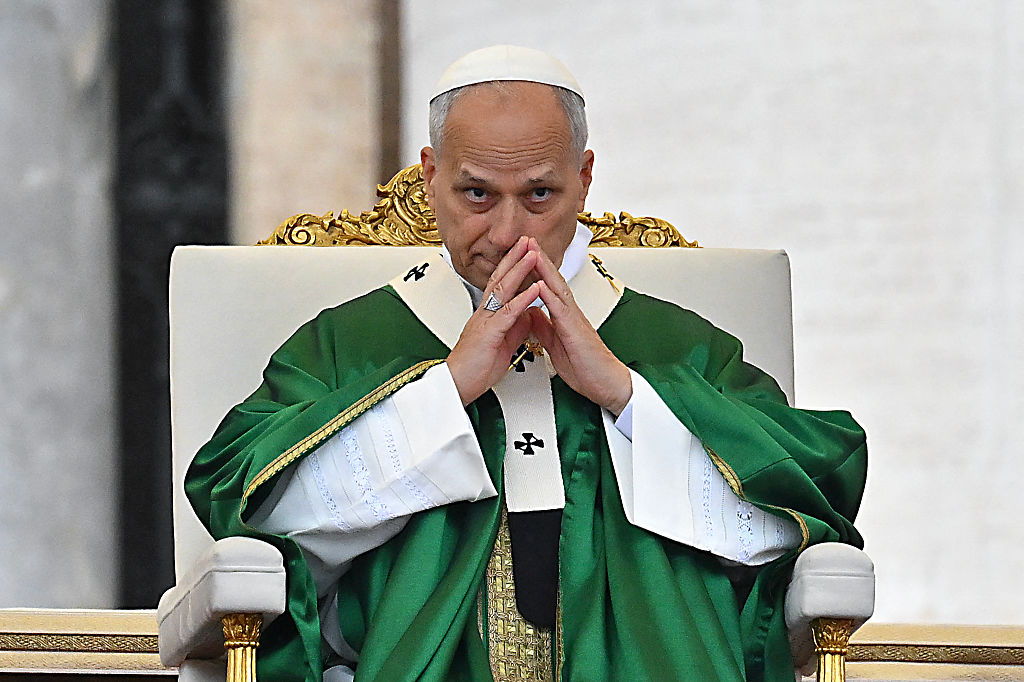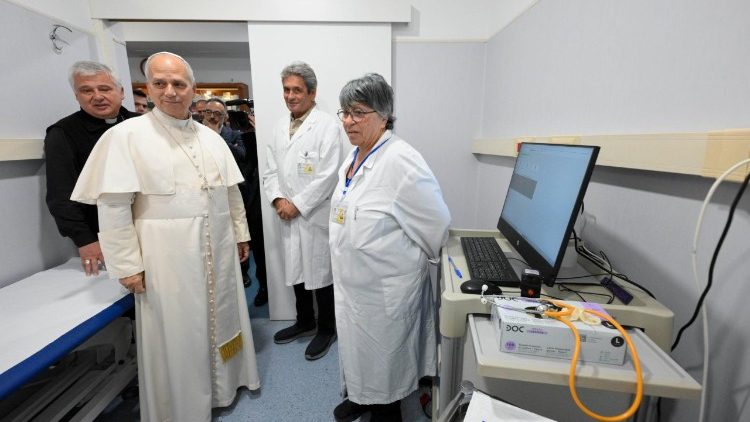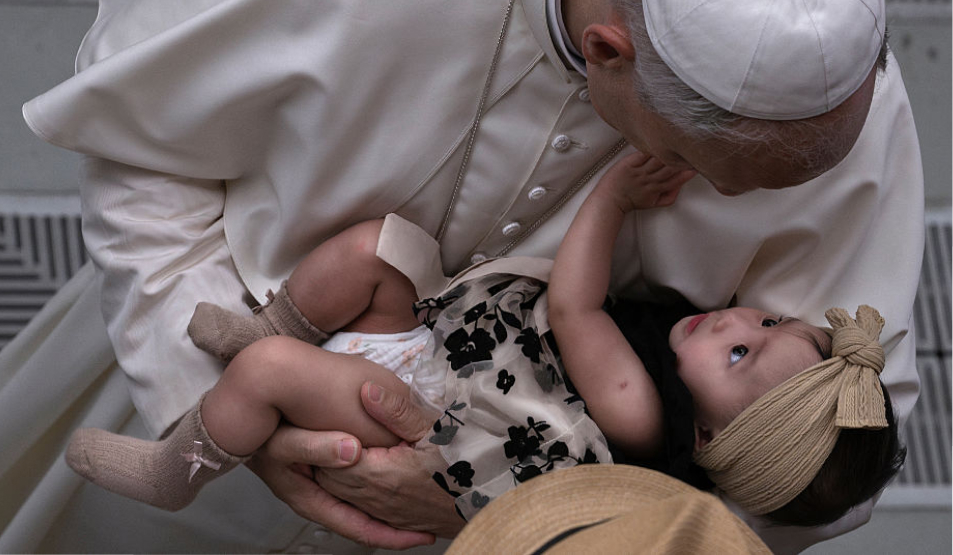Pope Leo XIV has issued a motu proprio entitled Coniuncta Cura, which introduces new regulations governing the financial investment activities of the Holy See.
Signed on 29 September, the Feast of the Archangels Michael, Gabriel and Raphael, it is the first motu proprio of Leo's pontificate and takes immediate effect. The new regulations appear to shift the direction of the more centralising financial measures that were introduced as part of Pope Francis's efforts to reform the Vatican's finances.
The new document from Pope Leo brings together a series of reforms that began under Francis with Praedicate Evangelium, the 2022 Apostolic Constitution that restructured the Roman Curia. In that constitution, Francis emphasised “co-responsibility in communion” as a guiding principle for Church governance.
Leo XIV’s latest decree explicitly continues this reforming vision by clarifying how the Vatican’s financial institutions cooperate and share responsibility in managing the Holy See’s investments. At the same time, the motu proprio repeals a 2022 instruction that had regulated the management of financial assets and liquidity within the Holy See.
In its place, Coniuncta Cura establishes a new framework designed to consolidate oversight and ensure greater coherence between Vatican offices responsible for investment policy. Financial activities undertaken under Article 219 of Praedicate Evangelium will now be governed by the Investment Committee in accordance with an officially approved investment policy.
The Administration of the Patrimony of the Apostolic See (APSA), the body responsible for managing the Vatican’s real estate and financial holdings, will continue to oversee investment operations.
Vatican commentators have noted that by repealing 2022's Rescriptum ex Audientia, Pope Leo XIV has quietly distanced himself from one of Pope Francis’s more centralising financial measures. Francis’s rescript had sought to concentrate nearly all Vatican investment operations within the Administration of the Patrimony of the Apostolic See (APSA) and to impose strict control over the Institute for the Works of Religion (IOR), effectively limiting its autonomy.
Leo XIV’s motu proprio, by contrast, restores a measure of flexibility, allowing the Vatican Bank to play a more active role and permitting the use of external financial intermediaries when deemed appropriate. Where Francis emphasised tight oversight to prevent mismanagement, Leo’s plan points to a confidence in structured collaboration and shared responsibility.
The new norms stipulate that APSA will generally act through the Institute for the Works of Religion (IOR), commonly known as the Vatican Bank, using its internal structures for investment purposes. However, the legislation allows for flexibility where the Investment Committee deems it more efficient or appropriate to engage other financial intermediaries based outside Vatican jurisdiction.
The Holy Father issued the decree following unanimous recommendations from the Council for the Economy, which advises on matters of financial management and transparency. Experts in the field were also consulted before the final text was approved. The document stresses that all organs of the Curia must act within a “dynamic of mutual collaboration”, reflecting the ongoing effort to promote unity of purpose and accountability within Vatican administration.
The law takes effect immediately upon its promulgation in L’Osservatore Romano and will be incorporated into the official record of the Acta Apostolicae Sedis, giving it permanent legal force within the Vatican City State and the institutions of the Holy See.
A motu proprio is a document issued by the Supreme Pontiff on his own initiative, rather than in response to an external petition or commission. In canonical parlance it carries the personal authority of a pope and can legislate, repeal or modify norms within his jurisdiction. It's often used to address matters requiring clarity, reform or direct intervention.
This isn't the first papal document signed by Pope Leo XIV. Earlier this month, the Pope signed his first apostolic exhortation named Dilexi te on the issue of poverty. Coniuncta Cura appears a natural extension of the same vision of Dilexi Te whereby spiritual stewardship is translated into administrative reform.
RELATED: Holy See announces release of first papal exhortation by Pope Leo XIV
Photo: Pope Leo XIV attends the Jubilee Mass for the Missionary World and Migrants at St Peter's Square in the Vatican, 5 October 2025. (Photo by ANDREAS SOLARO/AFP via Getty Images.)








.jpg)
.jpg)
.jpg)
.jpg)




